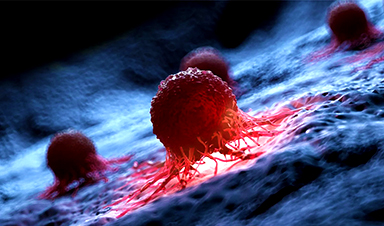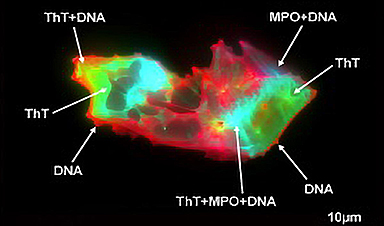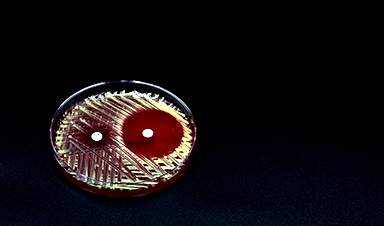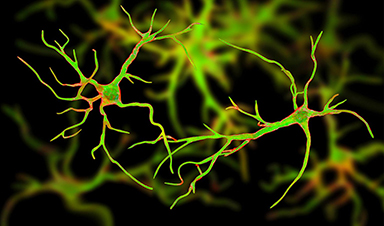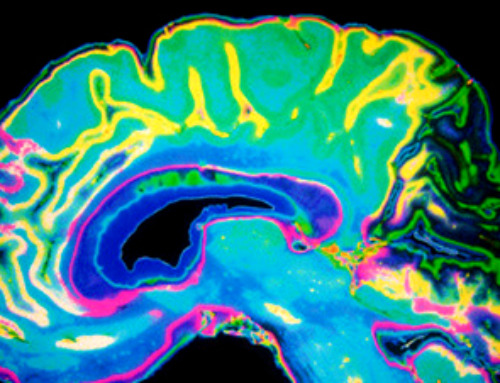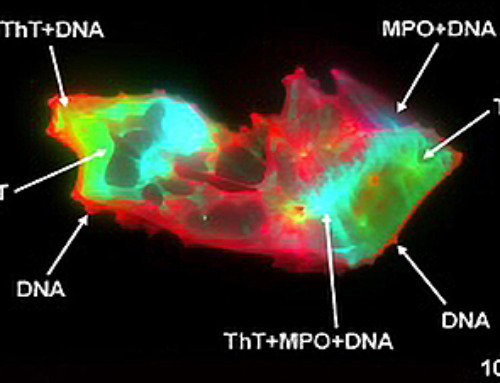Researchers have estimated approximately 8% of Americas have ever experienced long COVID, or lasting symptoms, following an acute COVID-19 infection. Now two recent international studies suggest that the percentage is much higher among healthcare workers and dental professionals.
40% prevalence in health workers globally
In the first study, published in BMJ Public Health, authors conducted a meta-analysis of 28 studies with a combined sample size of 6,481 healthcare workers (HCWs). Globally, HCWs have been at an increased risk for COVID-19 infections since the beginning of the pandemic in 2020, due to both exposure to the virus and work conducted in a high-stress environment that may exacerbate the risk of long-term post-viral symptoms.
The authors defined long COVID as prolonged symptoms and/or functional disability following SARS-CoV-2 infection for at least 4 weeks from onset of symptoms or from time of diagnosis, in people when SARS-CoV-2 infection was self-reported, clinically diagnosed, and/or diagnosed through a laboratory test. All studies were conducted before February 2022.
During an average follow up of 22 weeks, the pooled prevalence of long COVID among HCWs who had SARS-CoV-2 infection was 40% (95% confidence interval [CI], 29% to 51%). In three studies with follow up after 12 months, pooled prevalence dropped to 26% (95% CI, 7% to 46%).
The most common symptoms reported by HCWs were fatigue (35%), neurologic symptoms (25%), loss/decrease of smell and/or taste (25%), muscle ache (22%), and shortness of breath (19%).
“Given the high prevalence of long COVID among HCWs, policymakers need to assess the impact of long COVID on the workforce in their areas and prioritize care for this condition,” the authors wrote. “Additionally, the findings suggest the need for tailored interventions to manage workloads and ensure adequate rest for HCWs affected by long COVID.”
Dental workers also at risk
In a second study, a survey conducted in Germany reveals a 23% rate of long COVID among dental professionals, with higher rates in auxiliary personnel than in dentists. The study is published in Scientific Reports.
The study was based on responses from 267 team members from 186 German dental practices who answered an online questionnaire on vaccination status, confirmed COVID-19 diagnosis, and self-reported long COVID symptoms.
A COVID-19 infection after January 1st, 2021, was reported by 146 (54.7%) participants, of which 33 (22.6%) suffered from long COVID symptoms, the authors said.
There were lower vaccination rates among dental auxiliary personnel compared to dentists (95.9% compared to 84.2%), and the auxiliary personnel (including assistants and hygienists) had higher rates of long COVID compared to dentists.
“Individuals with long COVID symptoms were more often dental assistants (long COVID 48.5% vs. no long COVID 29.2%) or dental hygienists (15.2% vs. 8.0%) than dentists (36.4% vs. 62.8%),” the authors wrote.
Similar to the first study, the most common long COIVD symptoms were exhaustion, fatigue, and lack of concentration. Overall, vaccination seemed to be protective against long COVID in this study.
We observed a 10% difference in the incidence of long COVID between vaccinated and non-vaccinated dental team members.
“We observed a 10% difference in the incidence of long COVID between vaccinated and non-vaccinated dental team members,” the authors wrote. “However, due to the small number of subjects with long COVID, we can not conclusively determine if unvaccinated dental healthcare personnel are more susceptible to suffer from long COVID or experience more severe symptoms.”
News
Tiny Metal Nanodots Obliterate Cancer Cells While Largely Sparing Healthy Tissue
Scientists have developed tiny metal-oxide particles that push cancer cells past their stress limits while sparing healthy tissue. An international team led by RMIT University has developed tiny particles called nanodots, crafted from a metallic compound, [...]
Gold Nanoclusters Could Supercharge Quantum Computers
Researchers found that gold “super atoms” can behave like the atoms in top-tier quantum systems—only far easier to scale. These tiny clusters can be customized at the molecular level, offering a powerful, tunable foundation [...]
A single shot of HPV vaccine may be enough to fight cervical cancer, study finds
WASHINGTON -- A single HPV vaccination appears just as effective as two doses at preventing the viral infection that causes cervical cancer, researchers reported Wednesday. HPV, or human papillomavirus, is very common and spread [...]
New technique overcomes technological barrier in 3D brain imaging
Scientists at the Swiss Light Source SLS have succeeded in mapping a piece of brain tissue in 3D at unprecedented resolution using X-rays, non-destructively. The breakthrough overcomes a long-standing technological barrier that had limited [...]
Scientists Uncover Hidden Blood Pattern in Long COVID
Researchers found persistent microclot and NET structures in Long COVID blood that may explain long-lasting symptoms. Researchers examining Long COVID have identified a structural connection between circulating microclots and neutrophil extracellular traps (NETs). The [...]
This Cellular Trick Helps Cancer Spread, but Could Also Stop It
Groups of normal cbiells can sense far into their surroundings, helping explain cancer cell migration. Understanding this ability could lead to new ways to limit tumor spread. The tale of the princess and the [...]
New mRNA therapy targets drug-resistant pneumonia
Bacteria that multiply on surfaces are a major headache in health care when they gain a foothold on, for example, implants or in catheters. Researchers at Chalmers University of Technology in Sweden have found [...]
Current Heart Health Guidelines Are Failing To Catch a Deadly Genetic Killer
New research reveals that standard screening misses most people with a common inherited cholesterol disorder. A Mayo Clinic study reports that current genetic screening guidelines overlook most people who have familial hypercholesterolemia, an inherited disorder that [...]
Scientists Identify the Evolutionary “Purpose” of Consciousness
Summary: Researchers at Ruhr University Bochum explore why consciousness evolved and why different species developed it in distinct ways. By comparing humans with birds, they show that complex awareness may arise through different neural architectures yet [...]
Novel mRNA therapy curbs antibiotic-resistant infections in preclinical lung models
Researchers at the Icahn School of Medicine at Mount Sinai and collaborators have reported early success with a novel mRNA-based therapy designed to combat antibiotic-resistant bacteria. The findings, published in Nature Biotechnology, show that in [...]
New skin-permeable polymer delivers insulin without needles
A breakthrough zwitterionic polymer slips through the skin’s toughest barriers, carrying insulin deep into tissue and normalizing blood sugar, offering patients a painless alternative to daily injections. A recent study published in the journal Nature examines [...]
Multifunctional Nanogels: A Breakthrough in Antibacterial Strategies
Antibiotic resistance is a growing concern - from human health to crop survival. A new study successfully uses nanogels to target and almost entirely inhibit the bacteria P. Aeruginosa. Recently published in Angewandte Chemie, the study [...]
Nanoflowers rejuvenate old and damaged human cells by replacing their mitochondria
Biomedical researchers at Texas A&M University may have discovered a way to stop or even reverse the decline of cellular energy production—a finding that could have revolutionary effects across medicine. Dr. Akhilesh K. Gaharwar [...]
The Stunning New Push to Protect the Invisible 99% of Life
Scientists worldwide have joined forces to build the first-ever roadmap for conserving Earth’s vast invisible majority—microbes. Their new IUCN Specialist Group reframes conservation by elevating microbial life to the same urgency as plants and [...]
Scientists Find a Way to Help the Brain Clear Alzheimer’s Plaques Naturally
Scientists have discovered that the brain may have a built-in way to fight Alzheimer’s. By activating a protein called Sox9, researchers were able to switch on star-shaped brain cells known as astrocytes and turn them into [...]
Vision can be rebooted in adults with amblyopia, study suggests
Temporarily anesthetizing the retina briefly reverts the activity of the visual system to that observed in early development and enables growth of responses to the amblyopic eye, new research shows. In the common vision [...]

